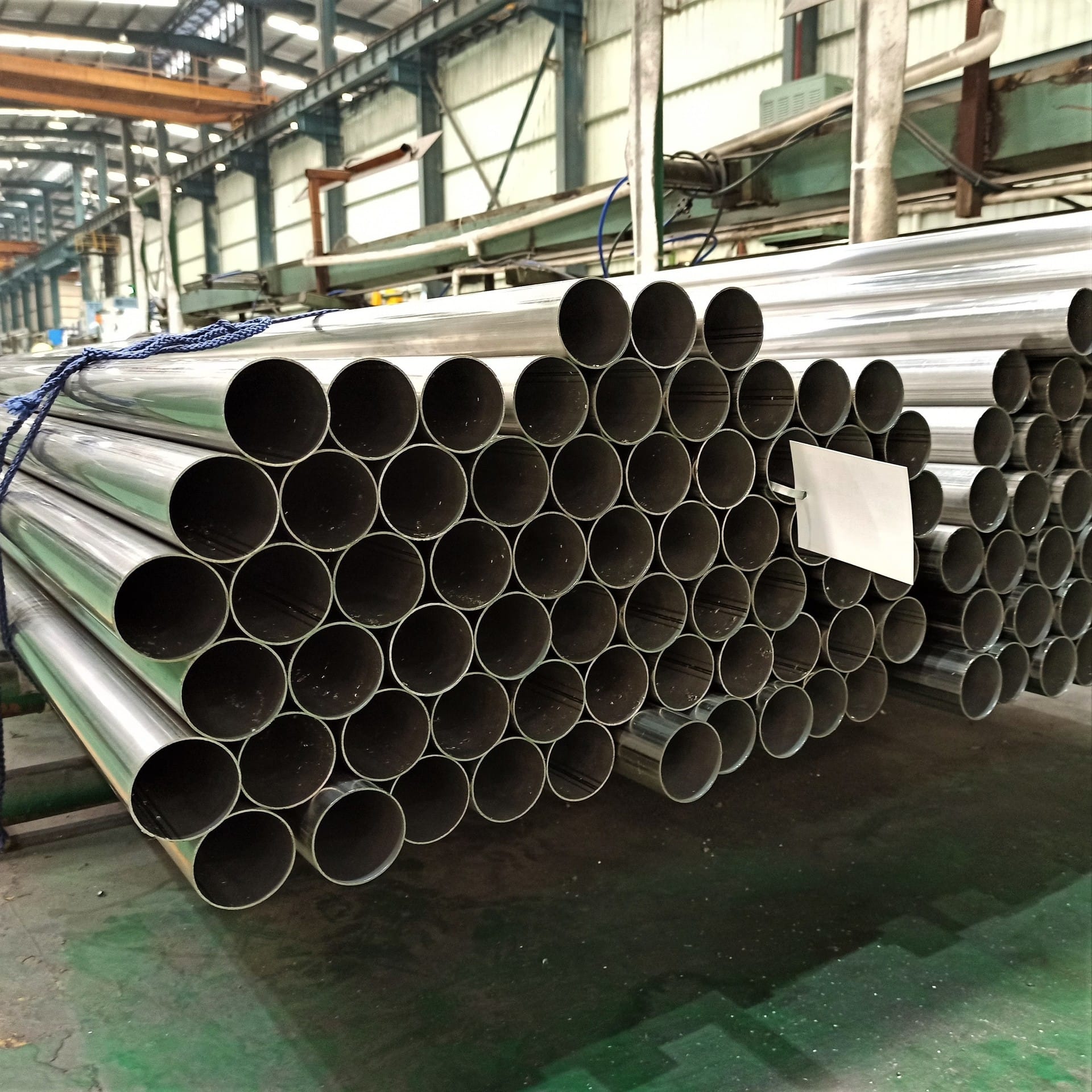Stainless Steel Pipe Welding and Fabrication: Techniques, Considerations, and Advancements
Stainless steel pipes are widely used in various industries due to their excellent corrosion resistance, strength, and aesthetic appeal. The welding and fabrication of stainless steel pipes are crucial processes that ensure the integrity and functionality of piping systems. In this comprehensive post, we will delve into the world of stainless steel pipe welding and fabrication, exploring its techniques, important considerations, and the latest advancements.
Introduction

Stainless steel pipe welding and fabrication involve joining sections of stainless steel pipes to create a continuous and reliable piping system. These pipes are used in diverse applications, such as food and beverage processing, chemical plants, pharmaceuticals, and construction.
Welding Techniques for Stainless Steel Pipes
- Tungsten Inert Gas (TIG) Welding: This technique uses a non-consumable tungsten electrode and an inert gas (typically argon) to protect the weld pool. TIG welding is suitable for thin-wall stainless steel pipes and provides high-quality welds with excellent appearance.
- Metal Inert Gas (MIG) Welding: Involves the use of a consumable wire electrode and an inert gas. MIG welding is more efficient and faster than TIG welding, making it suitable for thicker stainless steel pipes.
- Flux Cored Arc Welding (FCAW): This method uses a tubular wire filled with flux. FCAW is often used for outdoor or field welding due to its ease of use and ability to weld in various positions.
Factors Affecting Stainless Steel Pipe Welding and Fabrication
- Material Properties: Stainless steel has unique properties, such as high thermal conductivity and low carbon content, which can impact the welding process.
- Pipe Dimensions and Thickness: The size and thickness of the pipes can influence the welding parameters and techniques used.
- Surface Preparation: Proper cleaning and preparation of the pipe surfaces are essential to ensure good weld quality.
Challenges in Stainless Steel Pipe Welding and Fabrication
- Weld Corrosion: Stainless steel is susceptible to corrosion in certain environments, and improper welding can increase this risk.
- Weld Porosity: Porosity can occur due to improper gas shielding or contamination, affecting the strength and integrity of the weld.
- Distortion and Warpage: The heat input during welding can cause the pipe to distort, requiring post-welding correction.
Quality Control and Inspection
- Visual Inspection: Inspectors carefully examine the weld for surface defects, such as cracks, porosity, and undercutting.
- Non-Destructive Testing (NDT): Techniques like radiography, ultrasonic testing, and liquid penetrant testing are used to detect internal defects in the weld.
- Mechanical Testing: Tests such as tensile testing and hardness testing are conducted to evaluate the weld’s mechanical properties.
Advancements
- Advanced Welding Machines: Newer welding machines offer improved control and precision in the welding process.
- Welding Automation: The use of robotics and automated welding systems increases productivity and consistency.
- Welding Consumables: The development of specialized welding wires and fluxes improves weld quality and performance.
Safety Considerations
- Arc Flash and Electrical Hazards: Appropriate personal protective equipment and safety protocols must be in place to protect workers from electrical dangers.
- Fumes and Gases: Welding stainless steel can generate harmful fumes, requiring proper ventilation and respiratory protection.
Case Studies
- Industrial Piping System Installation: Highlighting the challenges and solutions in welding and fabricating stainless steel pipes for a large industrial facility.
- Food and Beverage Plant Piping Upgrade: Demonstrating the application of advanced techniques in a food processing plant.
Conclusion
Stainless steel pipe welding and fabrication are critical processes that require a thorough understanding of the techniques, considerations, and advancements. By ensuring proper welding procedures, quality control, and safety measures, reliable and high-quality piping systems can be created. As technology continues to evolve, the welding and fabrication industry will adapt and offer even better solutions for stainless steel pipe applications.
In conclusion, the welding and fabrication of stainless steel pipes play a vital role in various industries, and continuous innovation is essential to meet the increasing demands for performance and reliability. With the right knowledge and techniques, stainless steel pipe welding and fabrication can provide long-lasting and efficient piping solutions that contribute to the functionality and success of modern industrial and infrastructure projects.
Learn more Successful Arctic module fabrication, steel structure, modular and skid, steelwork, supplier audit, DNV Class, Oil & Gas, welding supervisor, welding quality inspection, CWI CSWIP welding inspector, pump and pipe, stainless steel fabrication and CNAS ISO 17025 9712 NDT NDE practice via below-
https://www.jsc-safe.com/steel-structures-modules-machining/
